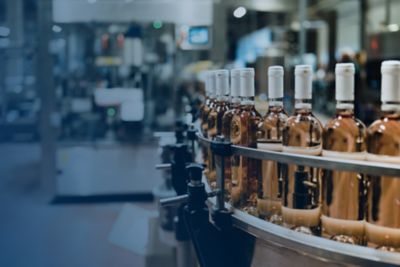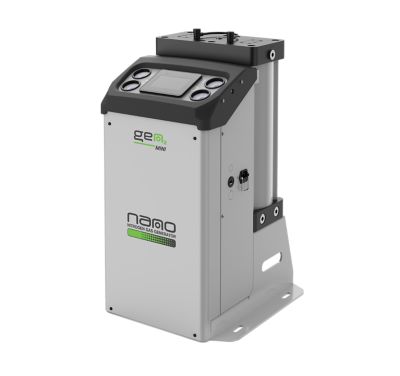Bottling wine is the final, yet crucial, step in the intricate journey from vineyard to glass. Wine producers carefully orchestrate this process to ensure that the liquid captured in each bottle embodies the essence of the vineyard and the expertise of the winemaker. Let’s explore the science and technology behind how nitrogen helps wine producers bottle wine, preserving the wine's integrity from the moment it's sealed until it reaches your glass.
Understanding the Importance of Nitrogen in Wine Bottling
Oxygen, the very element that sustains human life, is wine's enemy. When wine comes into contact with oxygen, it can lead to a host of problems, including oxidation, spoilage, and flavor degradation. Nitrogen, an inert gas that doesn't react with wine, provides an elegant solution to these issues.
The Benefits of Nitrogen in Wine Bottling
The use of nitrogen in wine bottling provides several significant advantages for winemakers and wine enthusiasts alike:
Preservation of Freshness: Nitrogen helps preserve the wine's original, vibrant flavors and aromas. By minimizing oxygen exposure, winemakers can ensure that the wine tastes as intended, with no undesirable oxidative notes.
Extended Shelf Life: Wines that have undergone nitrogen blanketing and sparging have a significantly longer shelf life. Consumers can store these wines for an extended period without worrying about them going bad or losing their appeal.
Consistency: Maintaining consistency is vital in the wine industry. Nitrogen ensures that winemakers produce batches of wine that taste and smell the same, providing consumers with a reliable product they can trust.
Reduction in Sulfur Usage: To counteract the effects of oxygen exposure, winemakers often use sulfur dioxide as a preservative. Nitrogen blanketing and sparging reduce the need for excessive sulfur additions, resulting in wines that are lower in sulfites, which can be beneficial for consumers with sensitivities.
Cost-Efficiency: While the initial investment in nitrogen equipment may be significant, the long-term cost savings are substantial. Wineries can reduce losses due to spoilage and ensure a consistent product, ultimately increasing their profitability.
The Nitrogen Bottling Process
The process of using nitrogen in wine bottling involves several key steps:
Nitrogen Supply: Wineries typically have nitrogen tanks that store the gas. The nitrogen supply is connected to the bottling line and other necessary equipment.
Purging: Before bottling, winemakers purge the bottles and equipment with nitrogen to displace any oxygen present. This step ensures that the wine doesn't encounter oxygen during the filling process.
Blanketing the Bottle: As mentioned earlier, winemakers introduce nitrogen into the empty bottle before filling it with wine. This creates a protective atmosphere inside the bottle, ensuring the wine remains free from oxygen contamination.
Filling and Corking: Once the bottle is blanketed with nitrogen, it is filled with wine using a precise filling machine. Afterward, the bottle is sealed with a closure, such as a cork or screw cap, which also helps prevent oxygen from entering.
Quality Control: Throughout the bottling process, winemakers conduct quality control checks, including tasting panels and inspections to ensure that each bottle meets quality standards.
Conclusion: The Culmination of a Winemaking Journey
Bottling wine is the culmination of a meticulous winemaking journey that begins in the vineyard and continues through fermentation, aging, and blending. This final step encapsulates the winemaker's vision and expertise, allowing consumers to experience the fruits of their labor.
Nitrogen’s role in preserving the quality, flavor, and aroma of wines cannot be overstated. As wineries continue to integrate nitrogen into their production processes, wine enthusiasts can savor wines that reflect the dedication of winemakers to excellence, where each bottle tells a story of meticulous craftsmanship and an unwavering commitment to preserving the essence of the grape.




